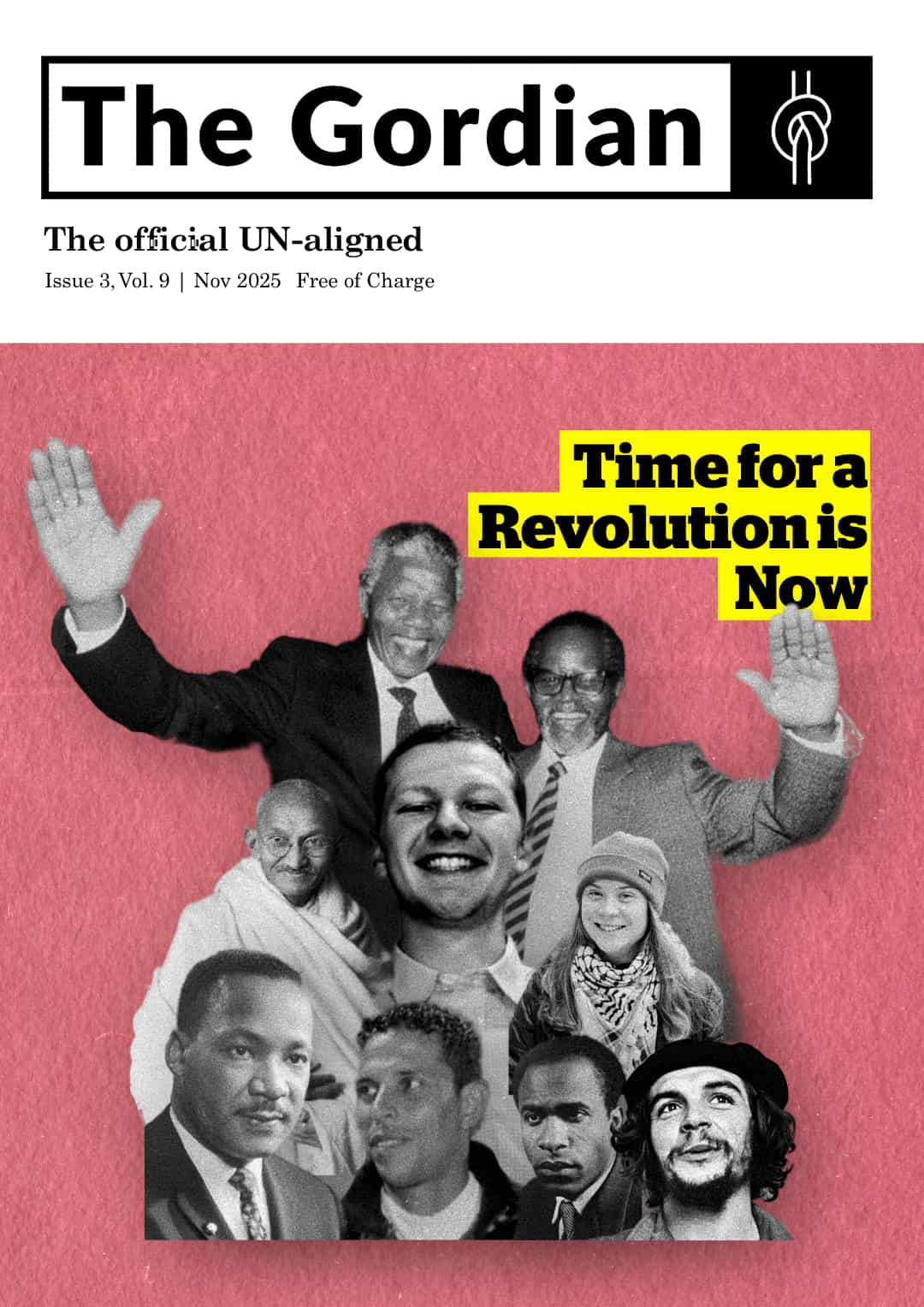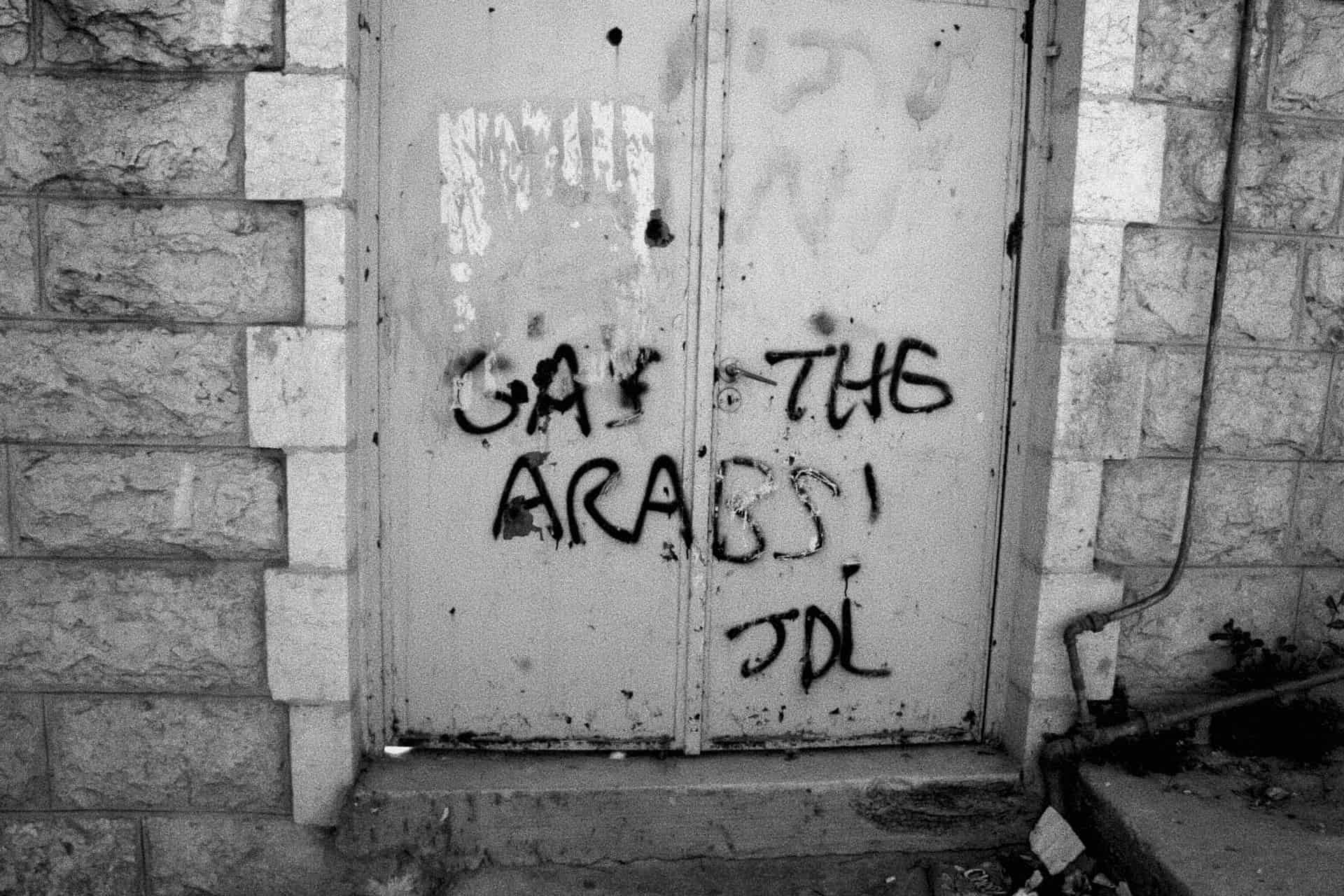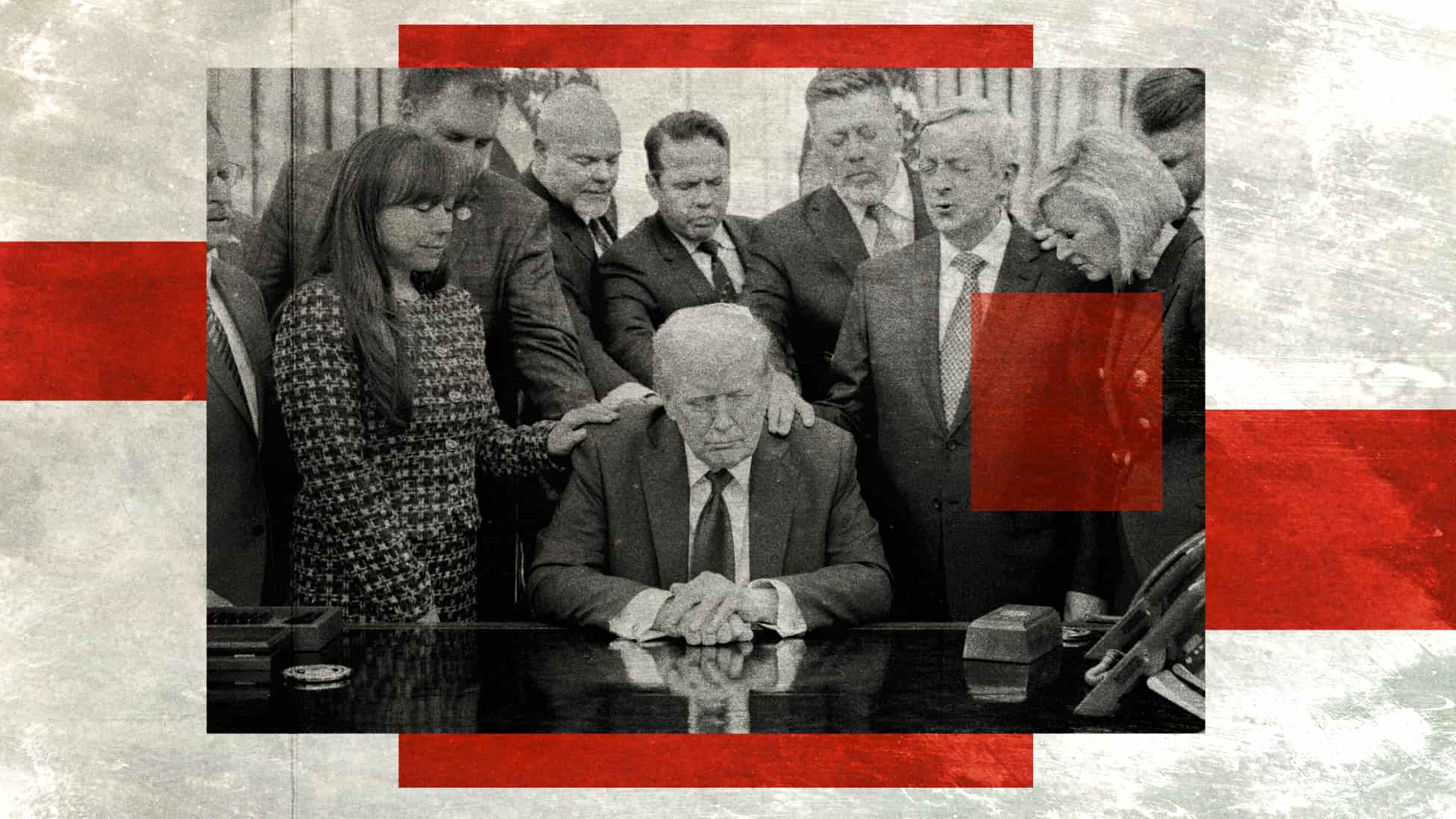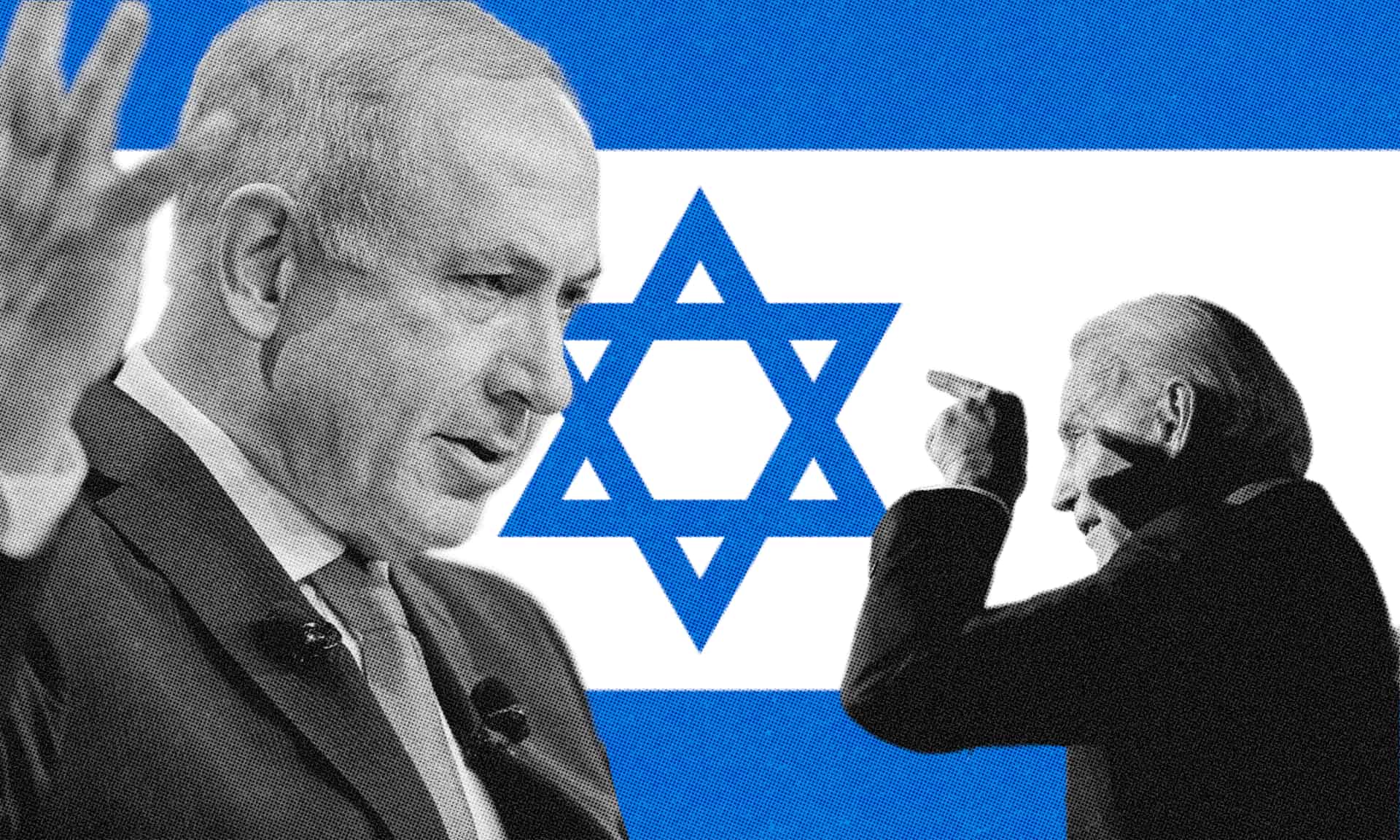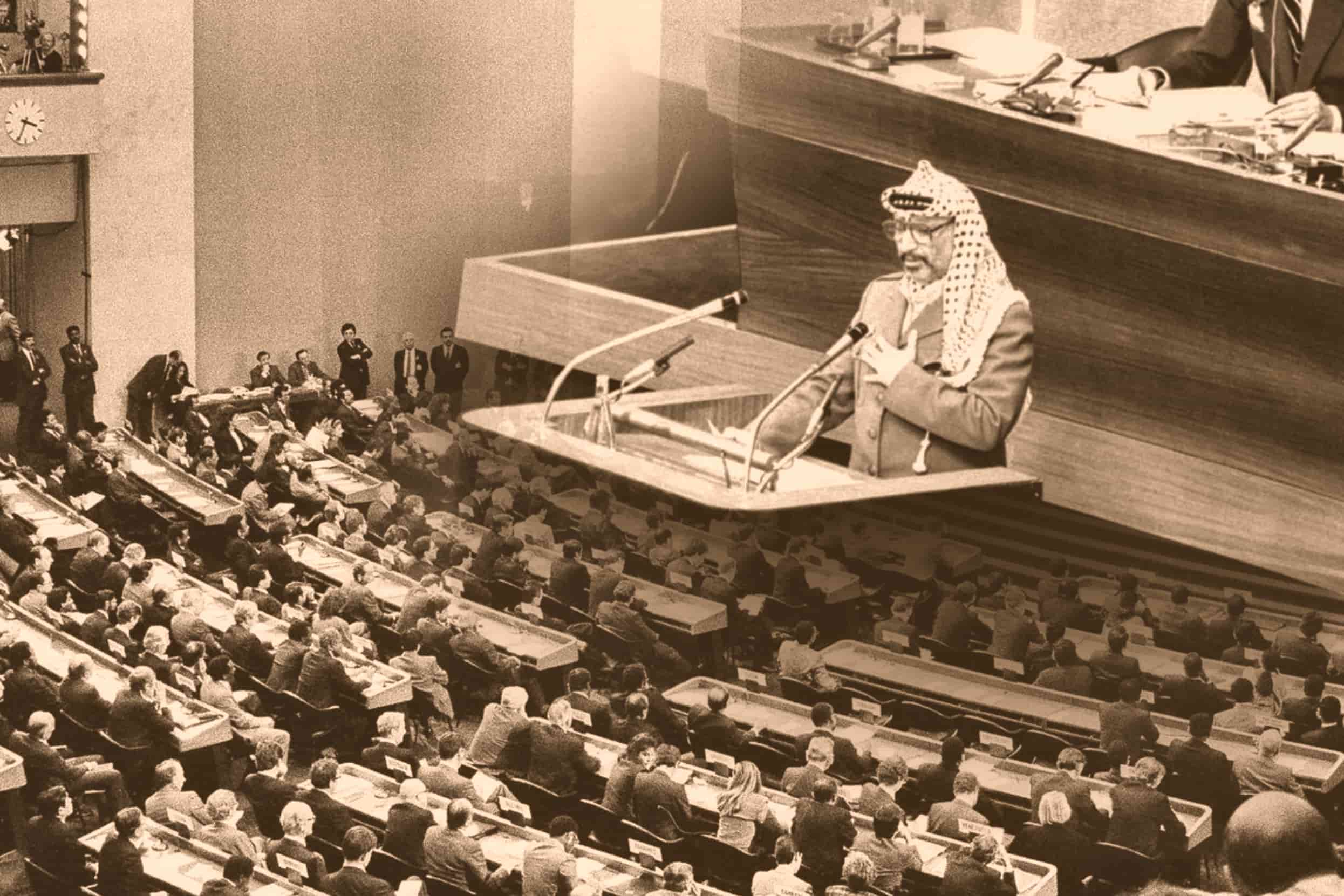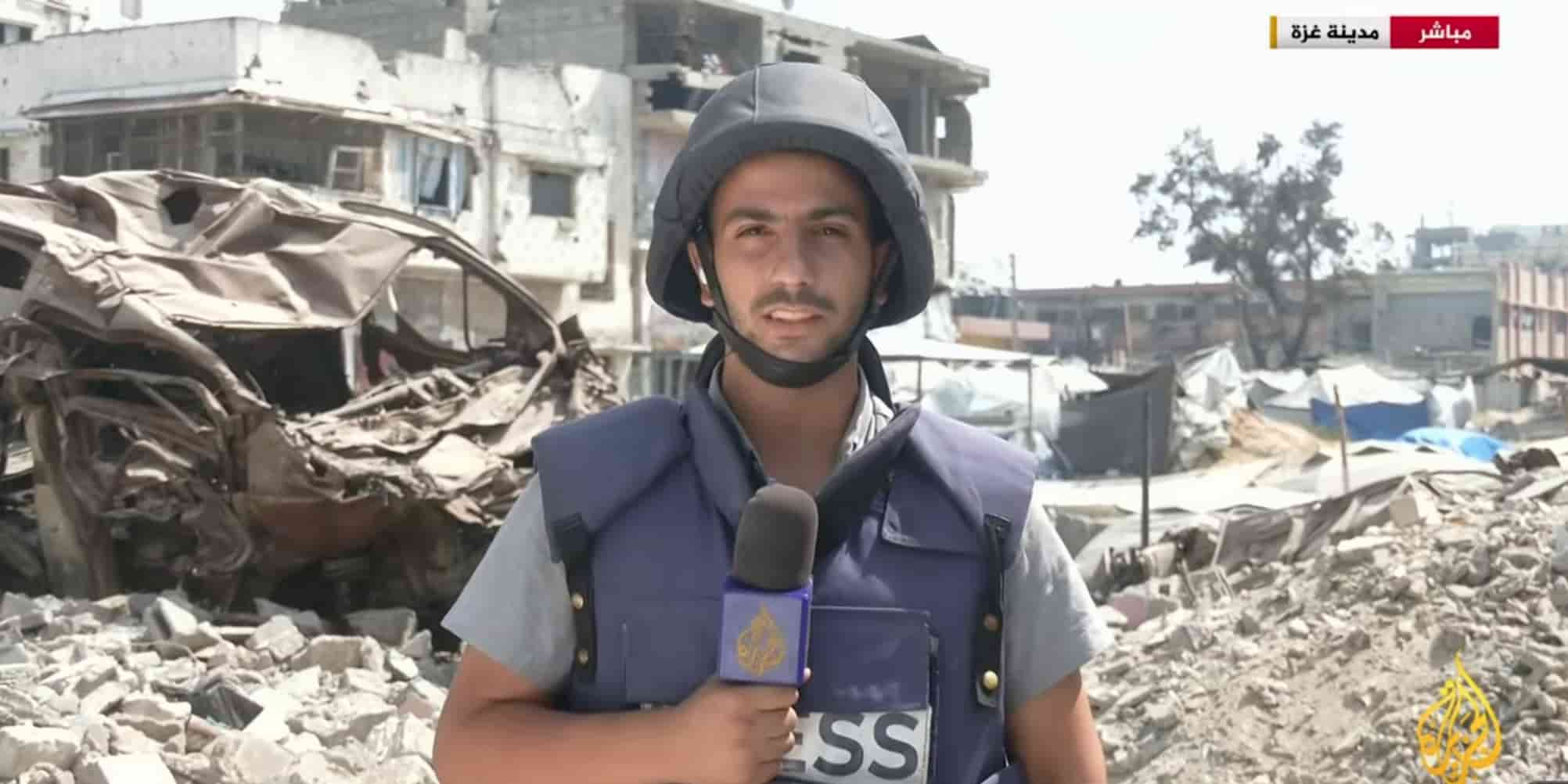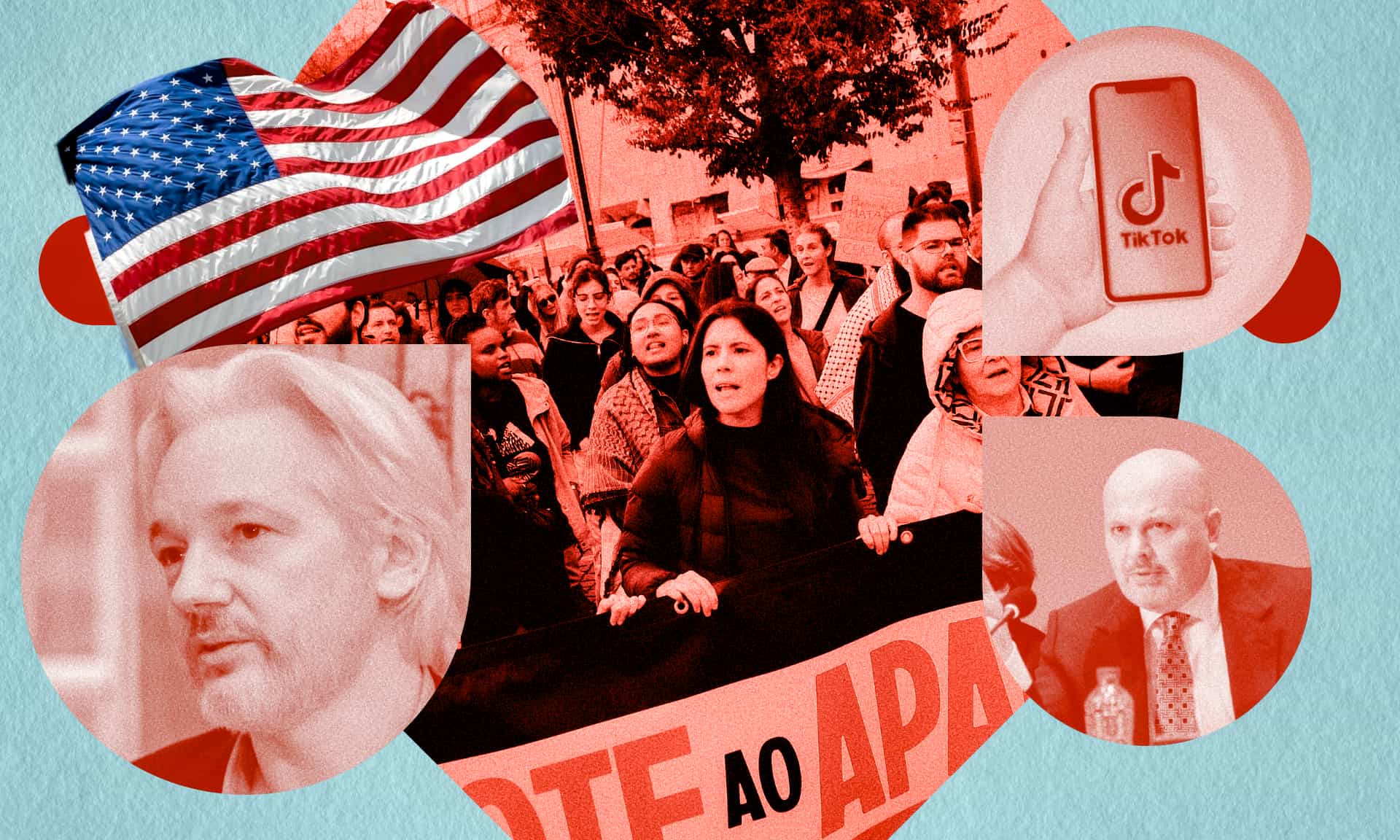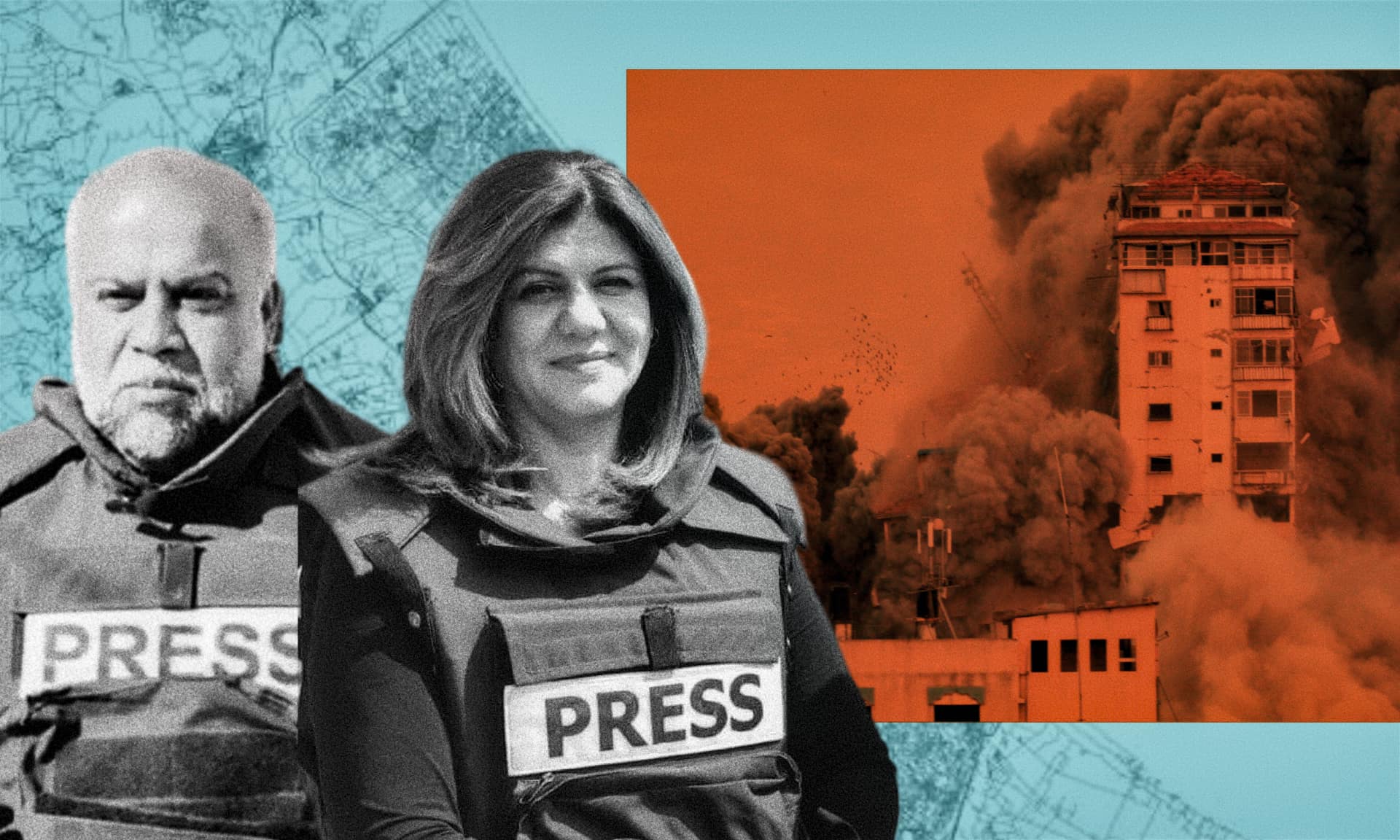A trap disguised as peace: Trump's Gaza plan is an ultimatum for surrender
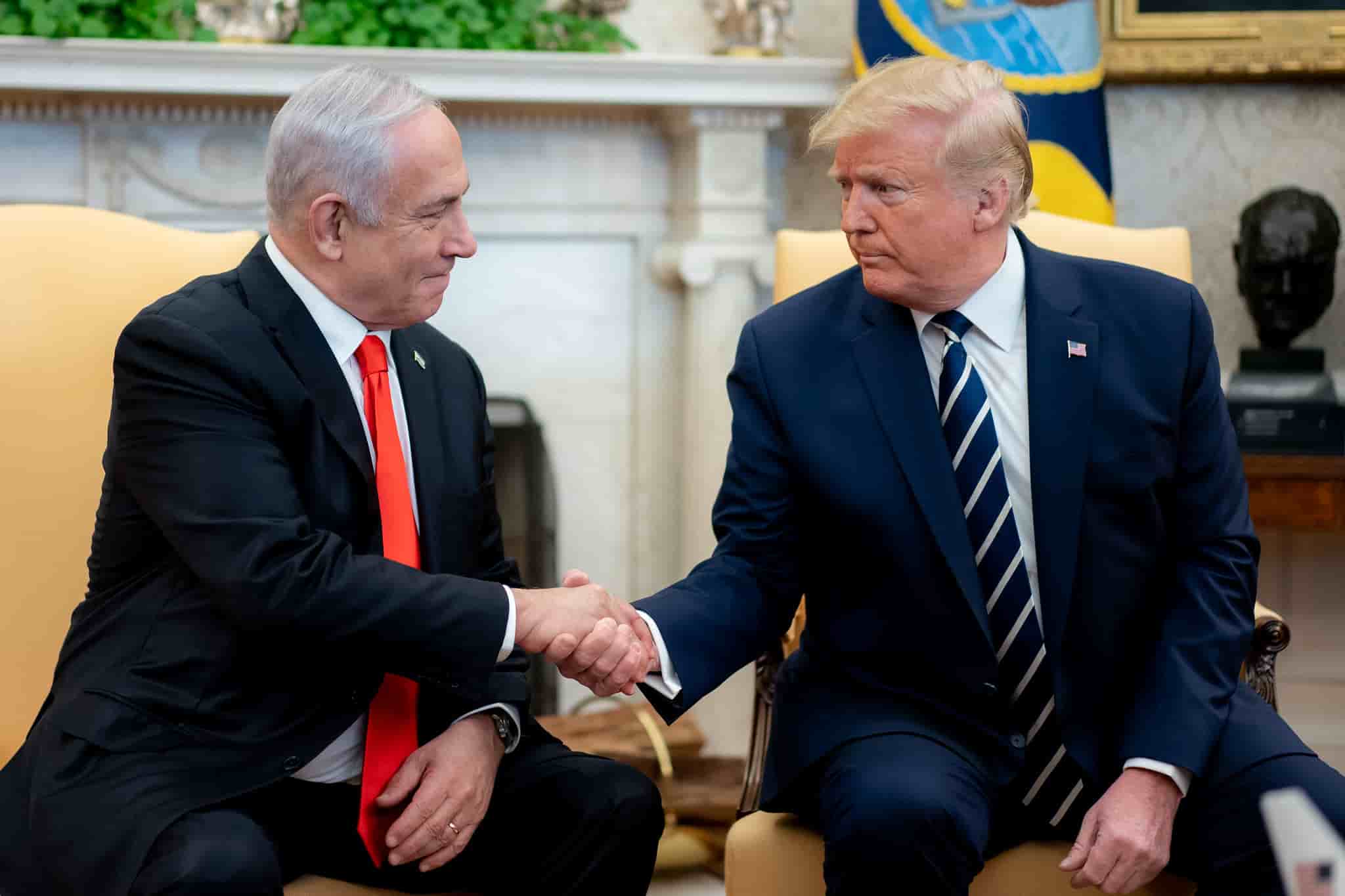
- You can read the full 20-point plan below.
This is not a plan for peace. The document presented as a path forward for Gaza is an ultimatum, engineered from the outset to be rejected. Despite Donald Trump’s claims of “widespread cooperation,” this is an Israeli-American document, born from closed-door meetings between Prime Minister Netanyahu and Trump’s most ardent Zionist advisors.
The terms are strategically impossible. Hamas is required to release all remaining living hostages and the bodies of the dead (point 4) within 72 hours, forfeiting their most significant leverage. In return, Israel will eventually free a fraction of the thousands of Palestinians, including many children, it holds (point 5). The plan then demands the complete disarmament of Hamas and the destruction of its entire tunnel network (point 13), which would leave the entire resistance movements in Gaza utterly defenceless.
It also offers a fraudulent phased “withdrawal” (point 3). Israeli forces would pull back from their current “blue line” to a “yellow line,” but the final stages—withdrawal to a “red line” and then to a permanent “security buffer zone” inside Gaza—have no dates attached (point 16).
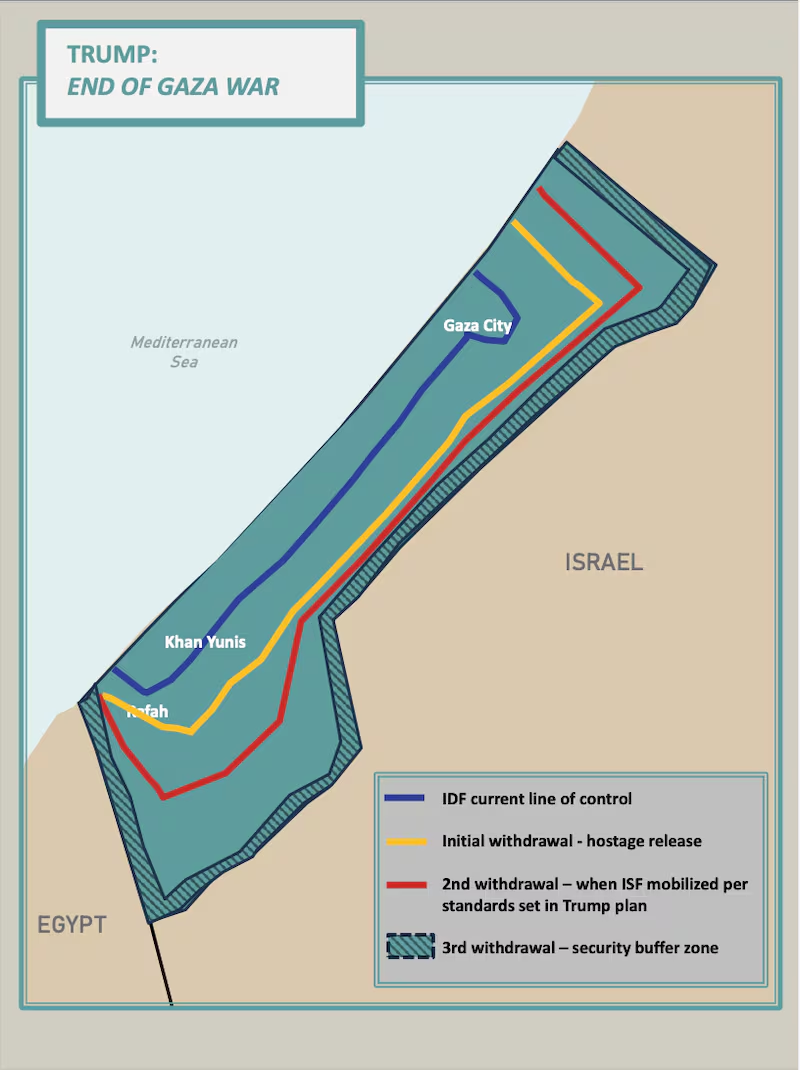
They are contingent on conditions that can be postponed indefinitely, institutionalising the siege.
However, the most profound flaw is the plan’s absolute denial of self-determination.
It dictates that Gaza will be run by a “temporary transitional governance of a technocratic apolitical Palestinian committee” (point 9). This committee would, in turn, be overseen by a new “international transitional body,” the “Board of Peace,” chaired by President Donald Trump himself. Its proposed members include figures like Tony Blair, a man many consider an unprosecuted war criminal, underscoring the cynical nature of this proposed foreign stewardship.
This colonial architecture is visible in every detail. The plan demands the “de-radicalisation” of the victims of genocide but not the perpetrators (point 1). It calls for colonial governance established by the US in consultation with complicit governments. It ensures external control of economic development (points 10 & 11) and creates a proxy foreign occupation force—an “International Stabilisation Force”—to police the strip (point 15). And it enshrines the United States, a co-perpetrator of the genocide, as the official mediator.
What is missing is everything that matters: no accountability for genocide, no dismantling of the criminal regime of Israel, no end to apartheid, no reparations for the victims. It is a blueprint for more colonial repression and Israeli impunity, guaranteed by a complicit US.
This entire proposal leads back to Netanyahu’s ultimatum: “the easy way or the hard way.” This plan is the “easy way.” Its possible rejection will provide the pretext for the “hard way”—the escalation of the genocidal war, the forced displacement of Palestinians southward and the ultimate goal of expulsion into the Sinai.
This places Palestinians in an impossible position. It is understandable that a people enduring genocide would want relief at any cost. They want food. They want a safe piece of ground to sleep on. They are tired of seeing their children’s limbs scattered across the ruins of their homes. Yet the “peace” on offer is a trap. The entire crux of the Palestine situation is that their lands, liberty and self-determination have been stolen. A “peace plan” that provides neither land, liberty nor self-determination back is not a peace plan. It is the same old oppression with a new, transparent veneer.
Donald Trump’s 20 point plan in full
Here is the full text of the proposal, as published by the White House:
Gaza will be a deradicalised terror-free zone that does not pose a threat to its neighbours.
Gaza will be redeveloped for the benefit of the people of Gaza, who have suffered more than enough.
If both sides agree to this proposal, the war will immediately end. Israeli forces will withdraw to the agreed upon line to prepare for a hostage release. During this time, all military operations, including aerial and artillery bombardment, will be suspended, and battle lines will remain frozen until conditions are met for the complete staged withdrawal.
Within 72 hours of Israel publicly accepting this agreement, all hostages, alive and deceased, will be returned.
Once all hostages are released, Israel will release 250 life sentence prisoners plus 1,700 Gazans who were detained after 7 October 2023, including all women and children detained in that context. For every Israeli hostage whose remains are released, Israel will release the remains of 15 deceased Gazans.
Once all hostages are returned, Hamas members who commit to peaceful co-existence and to decommission their weapons will be given amnesty. Members of Hamas who wish to leave Gaza will be provided safe passage to receiving countries.
Upon acceptance of this agreement, full aid will be immediately sent into the Gaza Strip. At a minimum, aid quantities will be consistent with what was included in the 19 January 2025 agreement regarding humanitarian aid, including rehabilitation of infrastructure (water, electricity, sewage), rehabilitation of hospitals and bakeries, and entry of necessary equipment to remove rubble and open roads.
Entry of distribution and aid in the Gaza Strip will proceed without interference from the two parties through the United Nations and its agencies, and the Red Crescent, in addition to other international institutions not associated in any manner with either party. Opening the Rafah crossing in both directions will be subject to the same mechanism implemented under 19 January 2025 agreement.
Gaza will be governed under the temporary transitional governance of a technocratic, apolitical Palestinian committee, responsible for delivering the day-to-day running of public services and municipalities for the people in Gaza. This committee will be made up of qualified Palestinians and international experts, with oversight and supervision by a new international transitional body, the “Board of Peace,” which will be headed and chaired by President Donald J. Trump, with other members and heads of state to be announced, including Former Prime Minister Tony Blair. This body will set the framework and handle the funding for the redevelopment of Gaza until such time as the Palestinian Authority has completed its reform programme, as outlined in various proposals, including President Trump’s peace plan in 2020 and the Saudi-French proposal, and can securely and effectively take back control of Gaza. This body will call on best international standards to create modern and efficient governance that serves the people of Gaza and is conducive to attracting investment.
A Trump economic development plan to rebuild and energise Gaza will be created by convening a panel of experts who have helped birth some of the thriving modern miracle cities in the Middle East. Many thoughtful investment proposals and exciting development ideas have been crafted by well-meaning international groups, and will be considered to synthesize the security and governance frameworks to attract and facilitate these investments that will create jobs, opportunity, and hope for future Gaza.
A special economic zone will be established with preferred tariff and access rates to be negotiated with participating countries.
No one will be forced to leave Gaza, and those who wish to leave will be free to do so and free to return. We will encourage people to stay and offer them the opportunity to build a better Gaza.
Hamas and other factions agree to not have any role in the governance of Gaza, directly, indirectly, or in any form. All military, terror, and offensive infrastructure, including tunnels and weapon production facilities, will be destroyed and not rebuilt. There will be a process of demilitarisation of Gaza under the supervision of independent monitors, which will include placing weapons permanently beyond use through an agreed process of decommissioning, and supported by an internationally funded buy back and reintegration programme all verified by the independent monitors. New Gaza will be fully committed to building a prosperous economy and to peaceful coexistence with their neighbours.
A guarantee will be provided by regional partners to ensure that Hamas, and the factions, comply with their obligations and that New Gaza poses no threat to its neighbours or its people.
The United States will work with Arab and international partners to develop a temporary International Stabilisation Force (ISF) to immediately deploy in Gaza. The ISF will train and provide support to vetted Palestinian police forces in Gaza, and will consult with Jordan and Egypt who have extensive experience in this field. This force will be the long-term internal security solution. The ISF will work with Israel and Egypt to help secure border areas, along with newly trained Palestinian police forces. It is critical to prevent munitions from entering Gaza and to facilitate the rapid and secure flow of goods to rebuild and revitalize Gaza. A deconfliction mechanism will be agreed upon by the parties.
Israel will not occupy or annex Gaza. As the ISF establishes control and stability, the Israel Defense Forces (IDF) will withdraw based on standards, milestones, and timeframes linked to demilitarization that will be agreed upon between the IDF, ISF, the guarantors, and the United States, with the objective of a secure Gaza that no longer poses a threat to Israel, Egypt, or its citizens. Practically, the IDF will progressively hand over the Gaza territory it occupies to the ISF according to an agreement they will make with the transitional authority until they are withdrawn completely from Gaza, save for a security perimeter presence that will remain until Gaza is properly secure from any resurgent terror threat.
In the event Hamas delays or rejects this proposal, the above, including the scaled-up aid operation, will proceed in the terror-free areas handed over from the IDF to the ISF.
An interfaith dialogue process will be established based on the values of tolerance and peaceful co-existence to try and change mindsets and narratives of Palestinians and Israelis by emphasizing the benefits that can be derived from peace.
While Gaza re-development advances and when the PA reform programme is faithfully carried out, the conditions may finally be in place for a credible pathway to Palestinian self-determination and statehood, which we recognise as the aspiration of the Palestinian people.
The United States will establish a dialogue between Israel and the Palestinians to agree on a political horizon for peaceful and prosperous co-existence.

